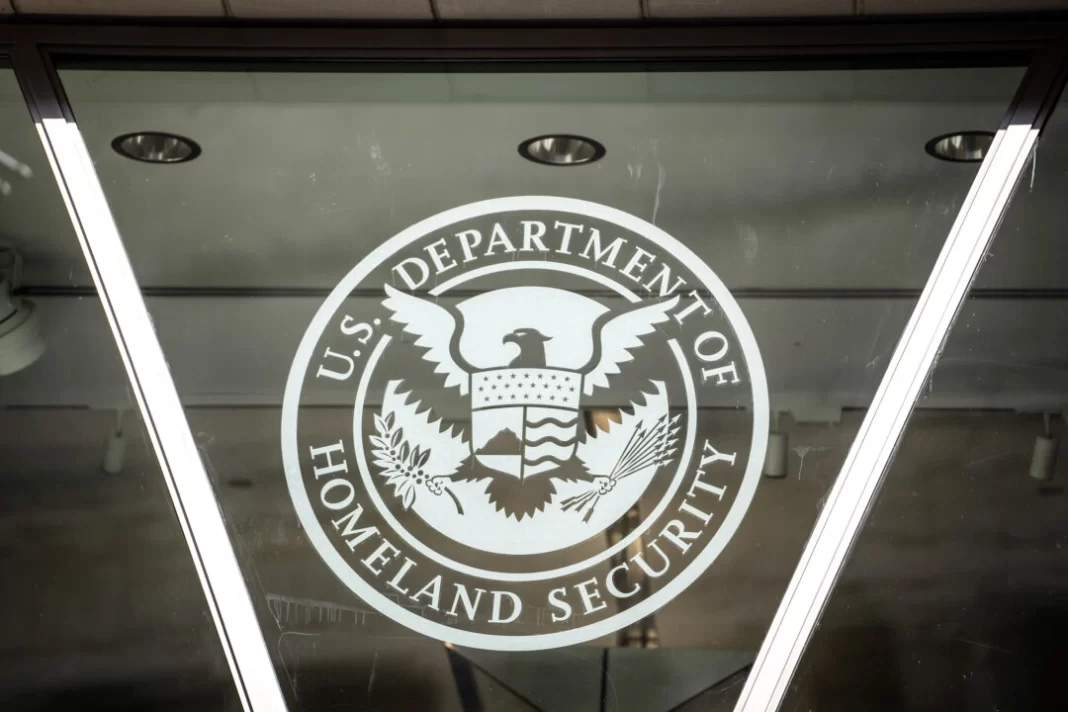The regime’s rapid expansion of nuclear capabilities strengthens its political and psychological position against the United States and allies, analysts say.
In recent years, the Chinese military has sharply increased the size and capabilities of its nuclear arsenal, acquiring a broader range of missiles and delivery systems for what was once a relatively limited strategic deterrent force.
Some observers believe that by expanding its nuclear capabilities, the Chinese Communist Party (CCP) aims to strengthen its geopolitical position in Asia and beyond.
Communist China has surpassed 600 operational nuclear warheads and is set to grow that number to more than 1,000 by 2030, according to an annual Pentagon assessment published in December 2024. This is up from the estimated 300 warheads deployed by the Chinese People’s Liberation Army (PLA) at the beginning of this decade.
Beijing is building hundreds of new missile silos, fielding a variety of improved strategic and tactical missiles, and testing fractional orbital bombardment systems, a type of space-based nuclear weapon with an effectively unlimited range. The PLA navy now operates six of the Type 094 class ballistic missile-carrying nuclear submarines, and has the more advanced Type 096 class under development, according to the Pentagon.
A July 30 report by the Washington-based Hudson Institute analyzing the CCP’s nuclear weapons strategy states that China’s enlarged nuclear forces would give the Party more options for imposing its demands and narratives upon neighboring countries, as well as diminish confidence in the ability of the United States to protect its allies.
From Minimal Deterrence to Active Nuclear Strategy
The Chinese arsenal remains far behind U.S. and Russian stockpiles, which together amount to about 8,000 operational nuclear warheads. According to the Bulletin of the Atomic Scientists, about 1,770 U.S. weapons have been deployed since the beginning of 2025, the vast majority of them being strategic warheads.
Russia has about 1,700 strategic warheads deployed. Both Russia and the United States maintain much smaller numbers of tactical nuclear weapons for rapid use, while keeping thousands of warheads in reserve.
Strategic nuclear weapons are designed for long-range strikes to cause massive destruction of cities, infrastructure, or command centers.
Tactical nuclear weapons, by contrast, are intended for use on the battlefield against military targets such as troops, bases, and ships. They are typically shorter-ranged and have less sheer destructive power.
Researchers with the Taiwanese government-run Institute for National Defense and Security Research (INDSR) said Beijing’s nuclear buildup indicates a shift in strategy by the CCP to view nuclear weapons as a means of augmenting Chinese conventional military strength.
By Leo Timm







